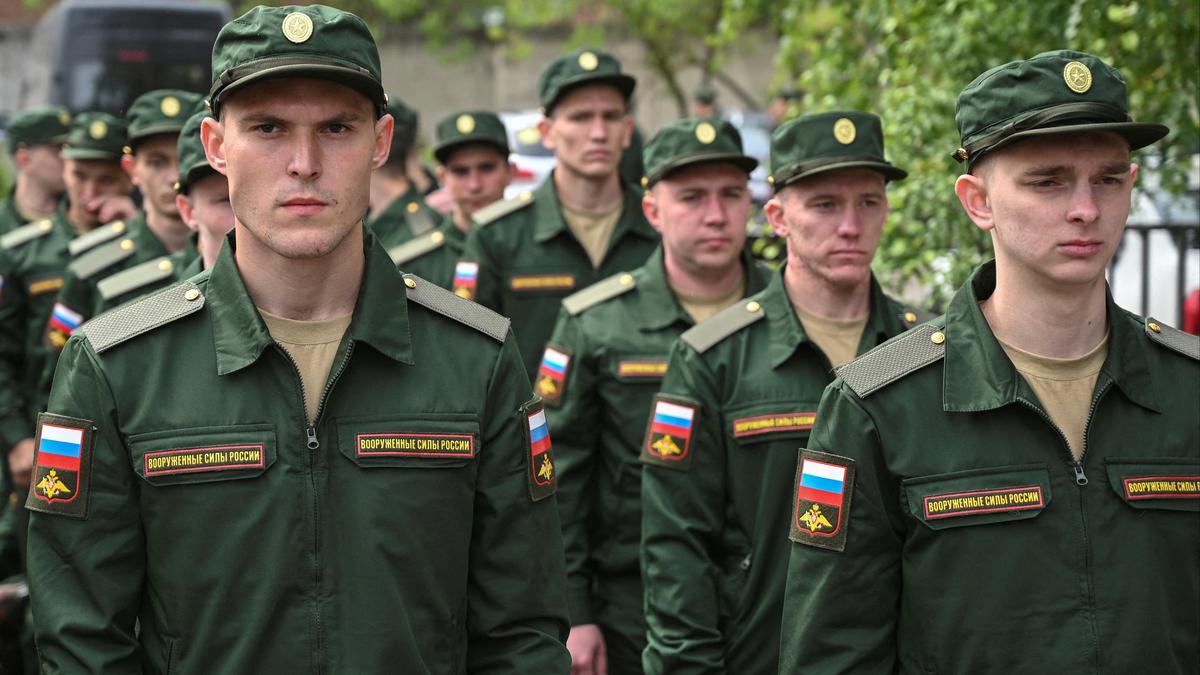The war in Ukraine continues to unfold with intense battles raging in both the east and west. While Russian forces have reported taking control of the Kirove settlement in the Donetsk region, Ukrainian troops have mounted a counter-offensive in Russia’s Kursk region, pushing the conflict across the border.
Russia Advances in Donetsk: A Slow Grind for Gains
Russia’s defense ministry announced on Saturday that its forces have taken control of the Kirove settlement, known in Ukraine as Verezamske, in the Donetsk region. This marks another incremental gain for Russian troops in a region where they have been steadily advancing, despite fierce Ukrainian resistance. The Donetsk region is one of four Ukrainian territories that Russia claims to have annexed, though its control over these regions remains contested. Both Ukraine and the West denounce these annexations as illegal, vowing to restore Ukraine’s territorial integrity.
The capture of Kirove, although seemingly insignificant, is a testament to the brutal and grinding nature of the fighting in the east. Each captured settlement represents a small but meaningful step forward for Russia’s military campaign, highlighting the challenging environment in which Ukrainian forces are operating.
Implications of the Advance
This latest gain for Russia underscores their ongoing commitment to securing control of the Donbas region, comprised of Donetsk and Luhansk. The capture of Kirove could further escalate the fighting as Ukraine attempts to recapture the lost territory.
Furthermore, Russia’s incremental progress in the east may embolden their ambition to escalate their offensive, potentially targeting other strategic areas in eastern Ukraine. However, Ukrainian forces remain determined to repel Russian advances, signifying a prolonged and challenging period ahead.
Ukraine Strikes Back in Kursk: A Bold Gambit or a Risky Move?
Amidst the intensified battles in eastern Ukraine, Ukrainian troops launched a surprise cross-border incursion into Russia’s Kursk region on August 6th. This unexpected offensive has caught Russia off guard, forcing them to redeploy resources to defend their border.
While Ukrainian officials haven’t explicitly outlined the motives behind this incursion, several potential reasons are being discussed. The attack could be a diversionary tactic, aiming to draw Russian troops away from the Donbas, providing an opportunity for Ukrainian forces to regroup and counterattack in the east.
Alternatively, the incursion could be a symbolic act of defiance, demonstrating Ukraine’s resilience and ability to strike at Russian soil, aiming to demoralize the Russian public. Regardless of the intended purpose, the incursion into Kursk is a daring move that has certainly disrupted Russia’s war effort, even if on a localized scale.
Assessing the Impact and Risk
While Ukrainian forces have been able to breach the border and cause localized disruptions, the long-term strategic implications of the Kursk offensive remain uncertain. Russian officials have repeatedly downplayed the significance of the Ukrainian incursion, labeling it a failure. They claim that the operation has drawn in a substantial number of Ukrainian troops, essentially creating a new, and inconsequential, front line for Russia.
However, the Ukrainian move could prompt Russia to redirect forces from the east, potentially giving Ukrainian troops a strategic advantage in the Donbas. It could also strain Russia’s already stretched military resources, potentially forcing them to reprioritize their operations.
The real impact of the Kursk incursion is yet to be determined. While it may not be a decisive blow against Russia, the successful implementation of this risky maneuver speaks to Ukraine’s willingness to take offensive action, despite the challenging circumstances.
The Future of the Conflict: A Battle of Attrition
As the war progresses, both sides are demonstrating remarkable resilience, battling through intense artillery fire and relentless assaults. The conflict appears to have reached a stalemate, with neither side able to decisively break through enemy lines. Both sides are focusing on strategically reinforcing their positions, preparing for a prolonged and possibly bloody period of attrition.
The Shifting Landscape
The Ukrainian incursion into Kursk, coupled with their determination to reclaim lost territories in the east, suggests that the battle for control of Ukrainian land is far from over. The recent Russian advances in Donetsk, while significant, seem to come at a high cost, highlighting the formidable defensive strength of Ukrainian forces.
The ongoing battle for control of eastern Ukraine remains a complex and unpredictable situation. The war is likely to remain a defining event in the region for many years, potentially transforming the geopolitical landscape of Eastern Europe.
Takeaways:
- The war in Ukraine continues to be marked by fierce battles in both eastern and western regions.
- Russia has made incremental gains in the Donetsk region, securing control of the Kirove settlement.
- Ukraine has initiated a surprising cross-border incursion into Russia’s Kursk region, forcing Russia to respond and potentially disrupting their eastern offensive.
- The impact of Ukraine’s Kursk offensive remains uncertain, but it could offer a strategic advantage or draw in Ukrainian troops to a less significant battlefront.
- The war has entered a phase of attritional warfare, with both sides focusing on strategic reinforcements.
- The conflict in Ukraine is likely to have a lasting impact on the geopolitical landscape of Eastern Europe, potentially transforming the region in profound ways.




